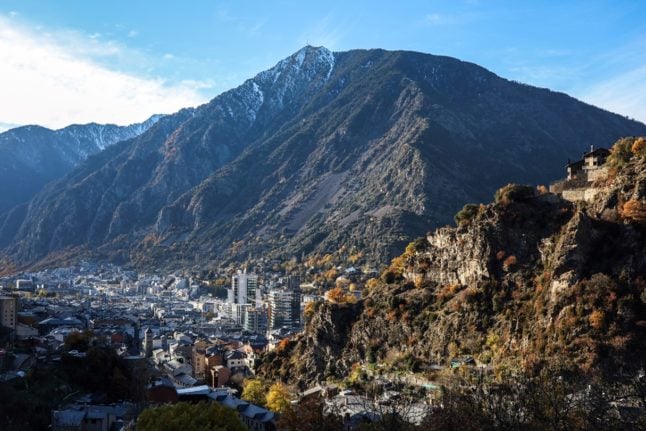Most French state schools do not currently require pupils to wear a uniform, but now the education ministry has announced details of areas that will be piloting a uniform project.
The pilot will apply in certain areas of the country which have volunteered to take part and will start in September 2024.
Areas taking part are; the towns of Tourcoing, Reims, Nice, and Perpignan, the départements of Allier and Alpes-Maritimes and the region of Auvergne-Rhône-Alpes – which covers a large part of eastern France including Lyon and Grenoble.
Other areas may be added later.
The experiment will apply in primary schools, secondary schools and lycées, but not maternelles (for pupils aged three to six).
Families in the pilot scheme areas will be given a uniform for their children, consisting of five polo shirts, two jumpers and two pairs of trousers – at this stage it appears that the uniform will be the same for boys and girls, and there is no proposal for a different uniform for summer.
Local areas or schools have the option of adding a crest or similar device to the uniform, in order to localise it, if they want.
Families can exchange old items for new through the school year if their child grows out of it, and have the option to buy extra sets themselves if they want to.
The cost of each set of uniform will be €200 – for the pilot scheme half will be paid by the education ministry and the other half by the local authority.
French school pupils used to wear ‘blouses’ or smocks over their clothes until the 1970s, when this was discontinued in most schools, although some private schools still have a uniform.
READ ALSO Why is school uniform controversial in France
Advocates of school uniform say that it is a way to avoid inequalities since it makes it harder to distinguish well-off pupils from poorer ones and removes peer pressure for children to have a certain type of clothing or accessories.
Earlier this year the French government banned pupils from wearing the abaya to school – the long, loose robe or dress was said to violate the requirement for religious neutrality in schools.
Announcing the trial, education minister Gabriel Attal said that he did not think that uniforms were a “miracle solution” but that the idea should be tested.
“I am very much in favour of a trial so that it can advance the debate. The best way to get an idea is to test things out in schools,” he told radio station RTL.



 Please whitelist us to continue reading.
Please whitelist us to continue reading.
Member comments